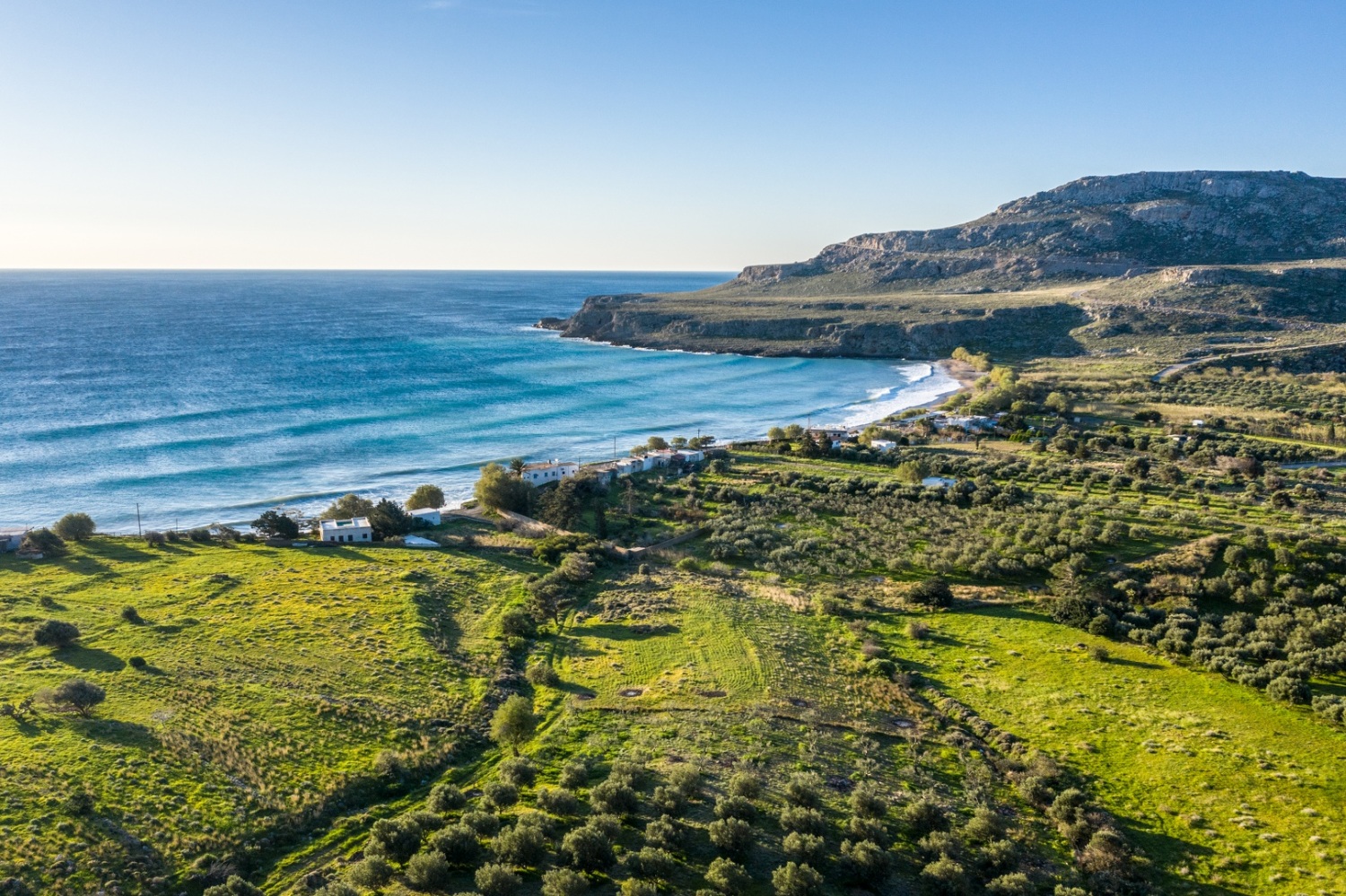- Details
- Written by: Roger Fulton
Sponsored content
Known as the cradle of European civilization, the island of Crete offers a truly memorable Mediterranean travel experience. From its stunning, diverse landscapes to its ever-present history, from the warmth of its sun to the friendliness of its welcome, Crete is steeped in discovery and beauty.
Cretans are said to be the descendants of the God Zeus and the character of the island is inseparable from the ancient myths and legends. It was here the nymph Europa gave birth to Zeus’s son, Minos, king of the first great European civilisation. It was here Daedalus and Icarus took to the air and here where Theseus pursued the Minotaur. Crete’s history is celebrated in its art, music, dance and culture and reminders of past civilisations are everywhere.
A haven for nature lovers, Crete offers a variety of introductions to its landscapes – emerald beaches, sand dunes, scrubland, rocky summits, deep gorges, verdant meadows, alpine zones, wetlands, olive groves and vineyards, caverns and snowy mountains.
Particular highlights are the two stunning UNESCO geoparks in Psiloritis and Sitia, which offer a huge variety of landscapes to explore.
By far the best way to discover the island is on foot, following ancient trails and exploring protected nature reserves, while Crete is also a mecca for mountaineers. Canyoning, caving, windsurfing, parasailing, kite-surfing, scuba diving, horse riding, even skiing are among other activities on offer.
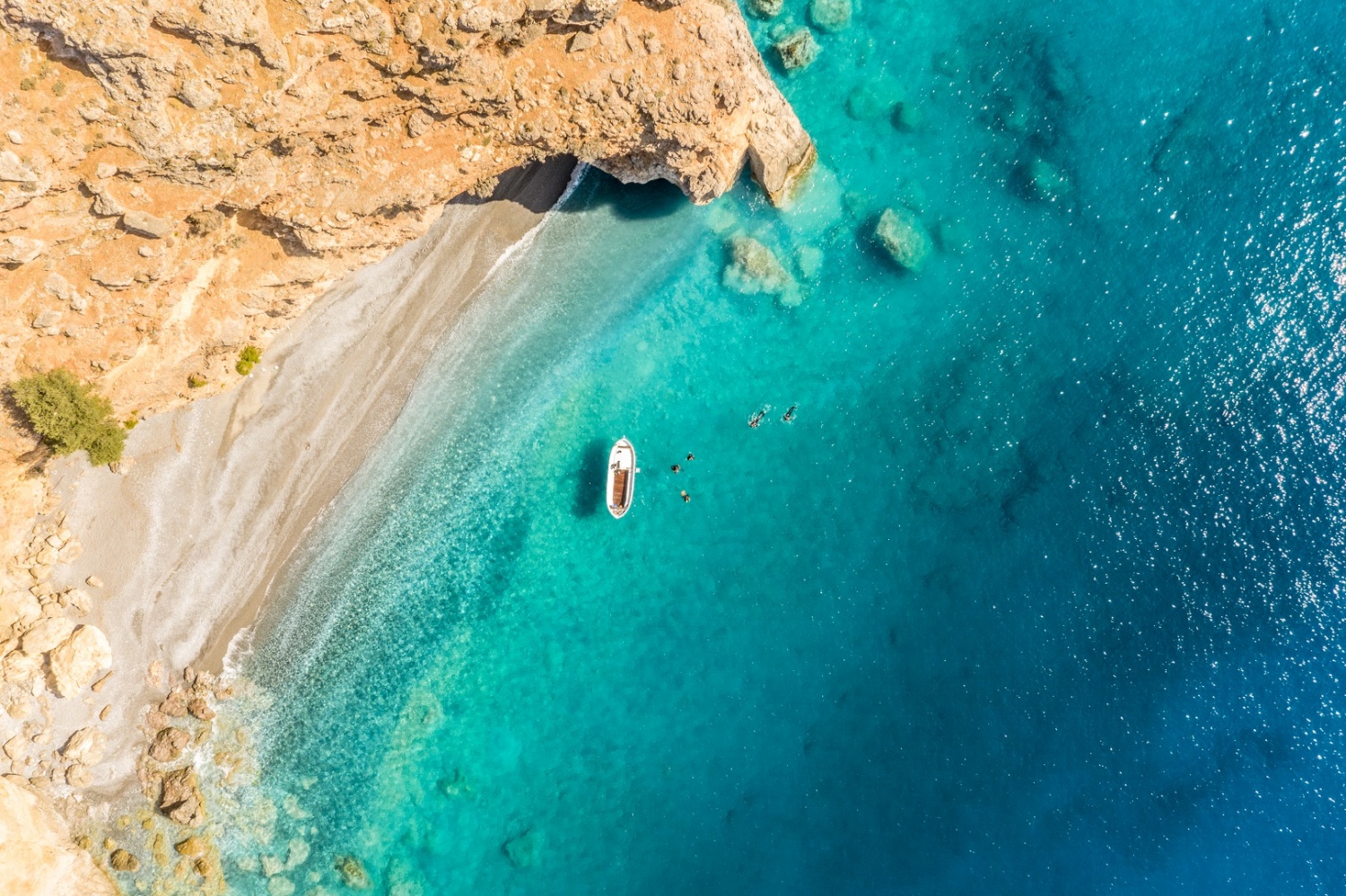
Here are our picks for the six best active things to do in Crete:
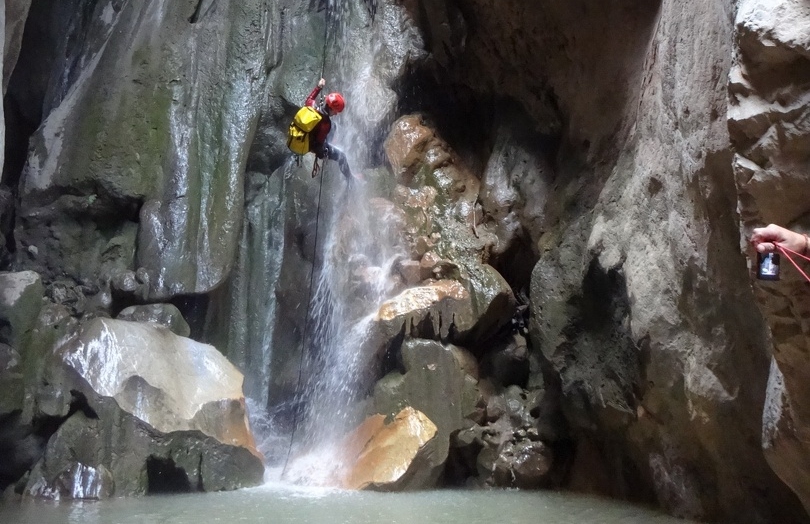
Canyoning in Crete’s gorges
In Crete’s rugged terrain, rivers meet large faults and steep descents during their surging journey through island canyons, forming hundreds of waterfalls. This has given rise to the growth in canyoning, with several gorges becoming must-do sites for thrill-seekers, including the Samaria gorge – the longest in Europe - which offers aquatic adventures as well as hiking paths. Further afield you’ll find challenging terrain in the Ha and Arvi gorges, and easier crossings at Tsoutsouras and Kalami.
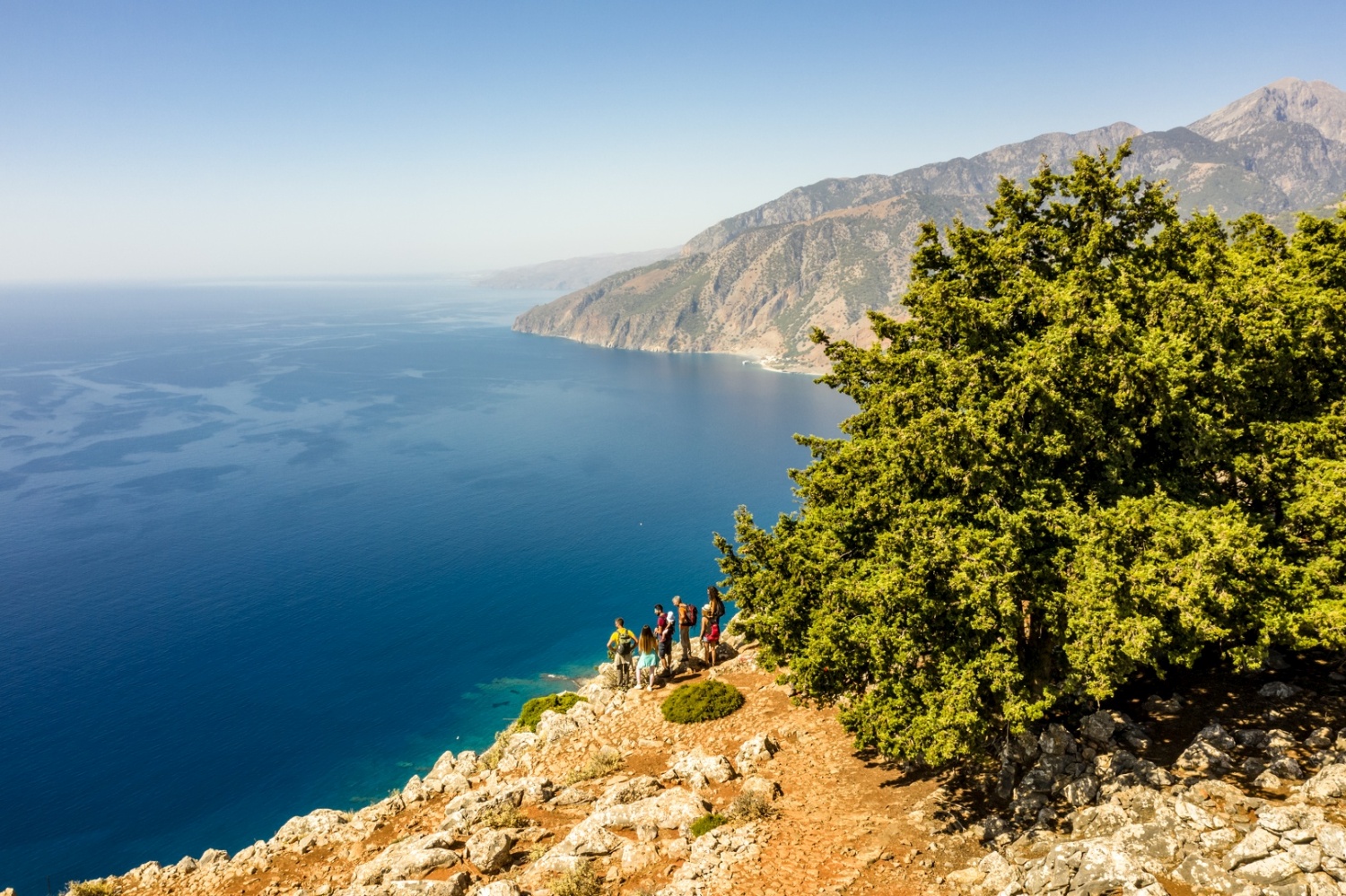
Trekking the E4 path across Crete
Getting off the beaten path is easy in Crete – there are plenty of options for majestic, mapped routes. One of the best is the E4 European Long Distance Path which involves a network of trails with special cultural, historical and natural values, and which crosses Crete from Kissamos to Zakros. Explore ancient sites, breathe the scent of herbs in the canyons, climb to the tops of the highest peaks and gaze at the deep blue Cretan and Libyan seas.
- READ NEXT: The Best Lightweight Walking Boots
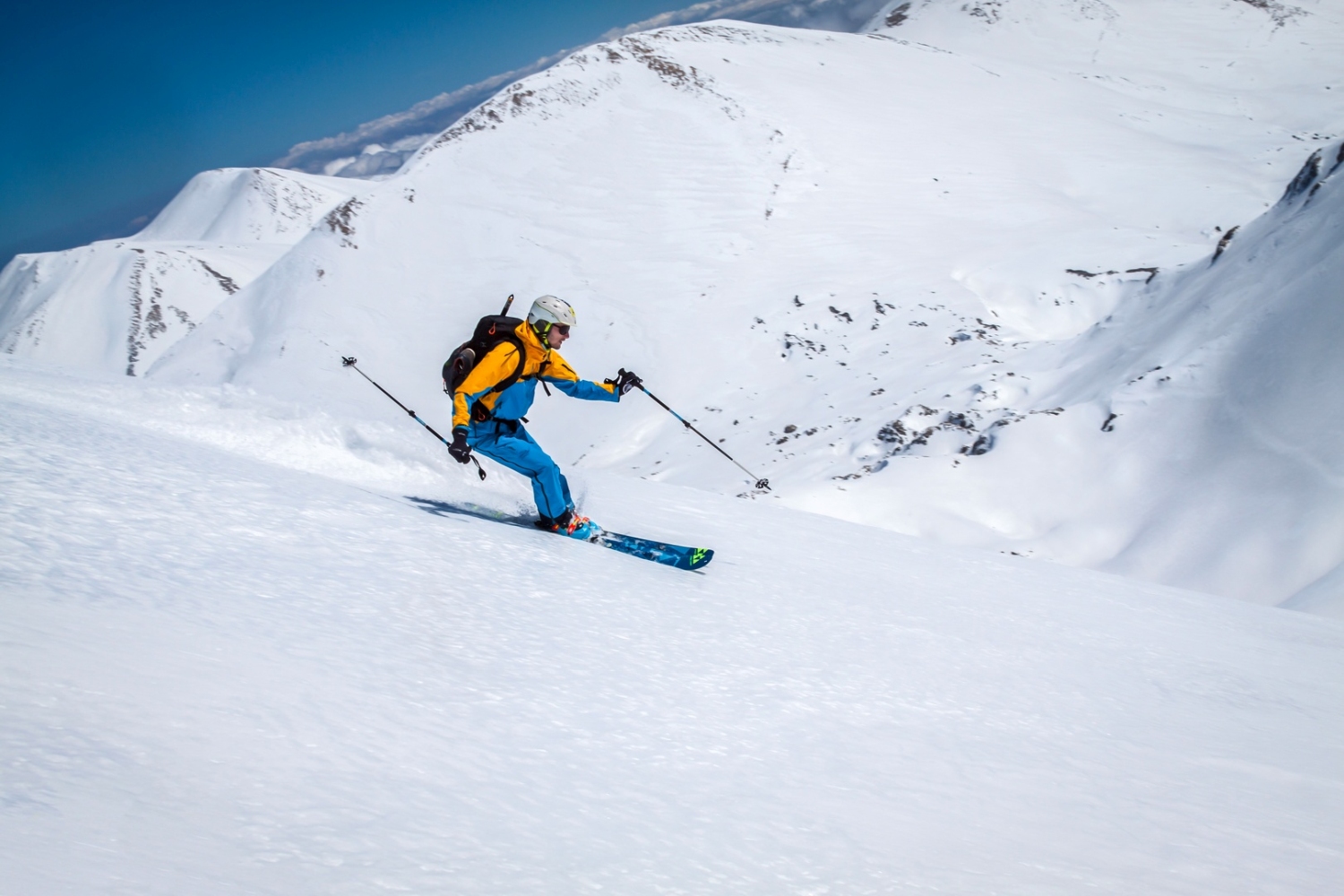
Skiing in Psiloritis
Apart from Cretans themselves, few people associate the island with snow sports. And while it may not be alpine skiing as we know it, the snowy peaks of Crete in the winter are ideal for a type of ski touring known as ski mountaineering, especially in the ranges of Psiloritis and the White Mountains. You can even take part in Europe’s southernmost ski mountaineering event, the Pierra Creta, a bi-annual skimo race.
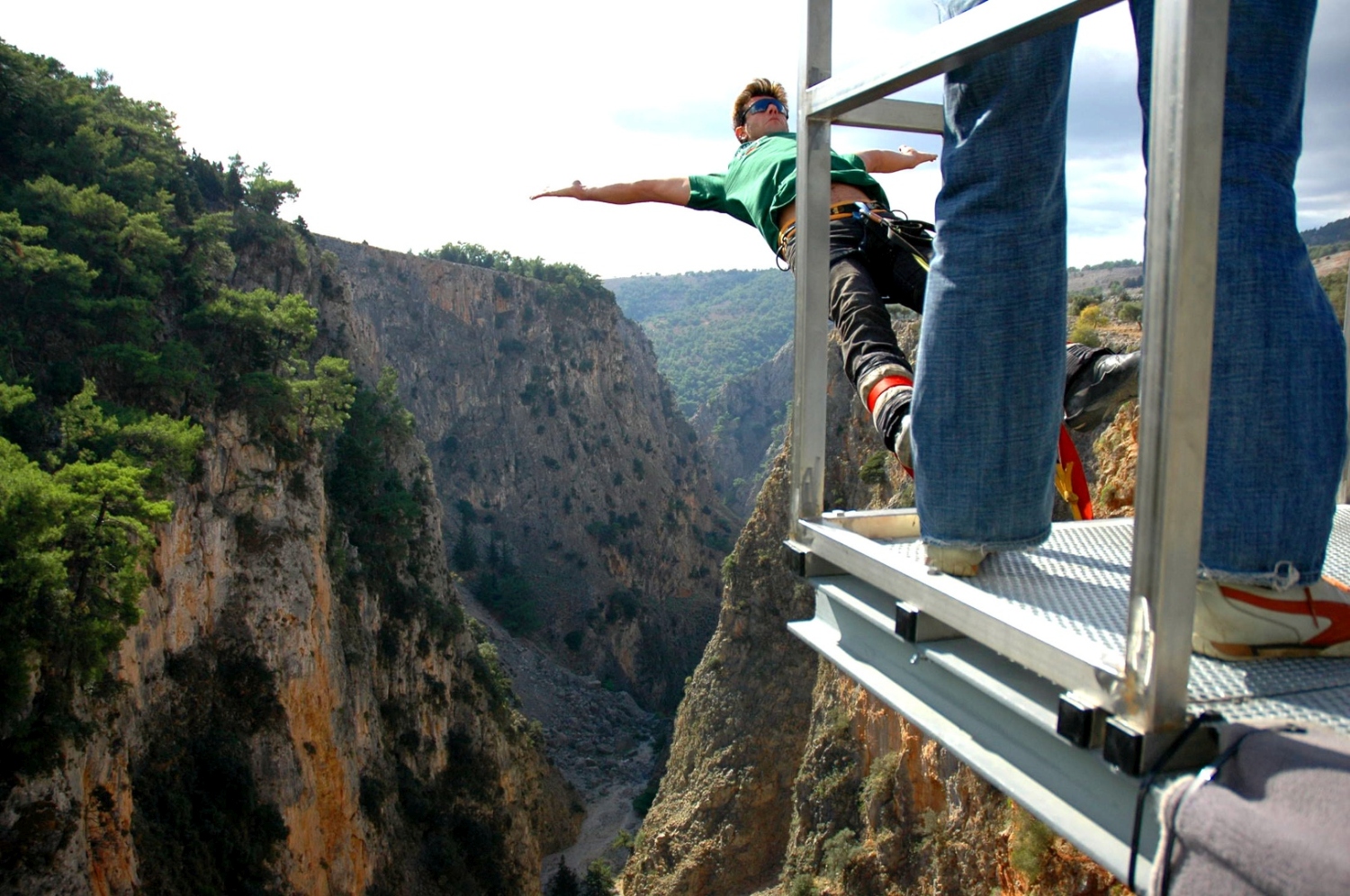
Bungee jumping
Fittingly, for the home of Daedalus and Icarus, airborne sports such as paragliding and skydiving are hugely popular, while for elastic thrill-seekers the 138m high bridge at the Aradena gorge is the highest in Greece and second highest in Europe and a high-adrenalin must for bungee jump fans. Among the many steep slopes for mountain wind sports, the area of Avdou by Hersonissos is one of the most popular paragliding spots.
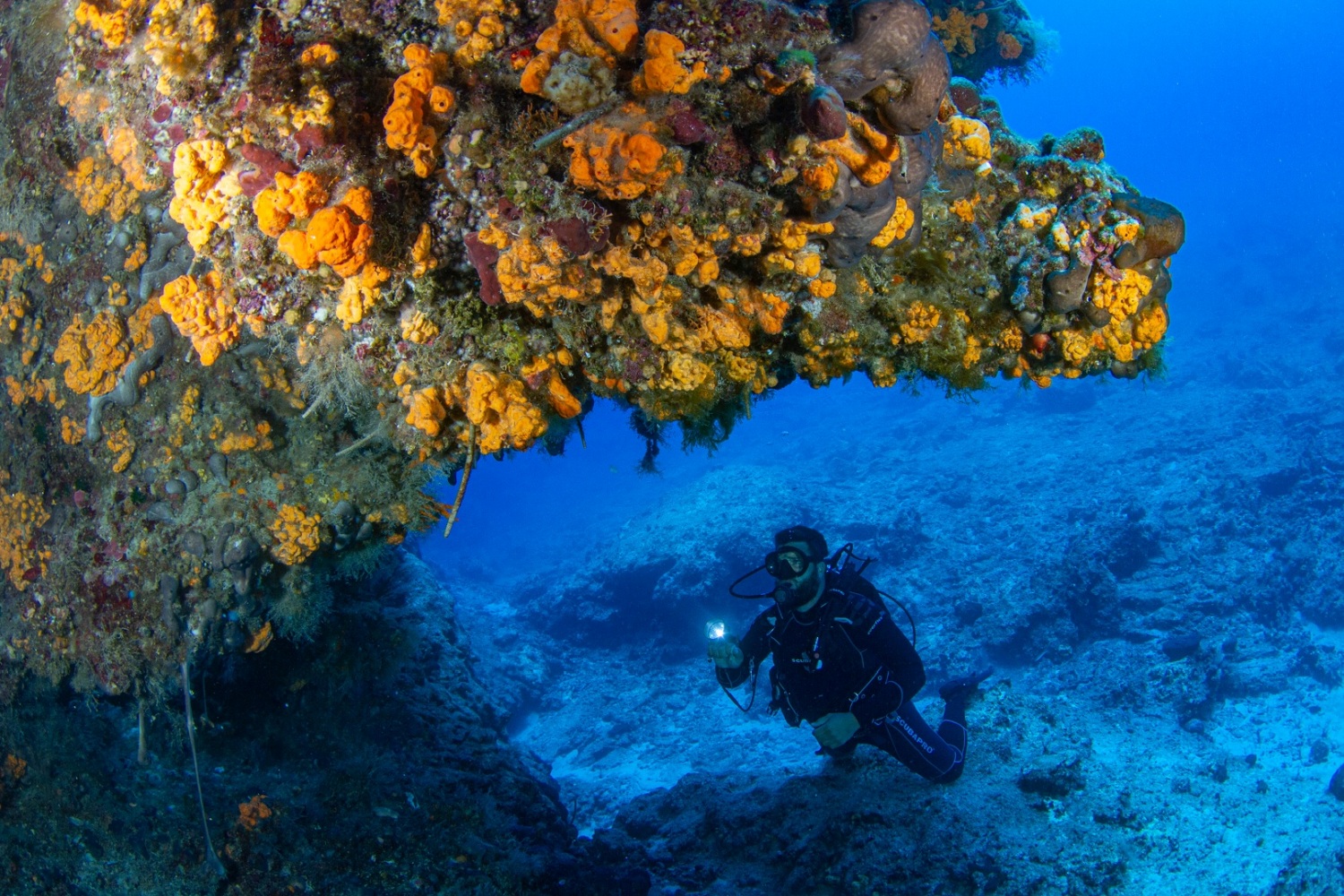
Scuba diving: caves & shipwrecks
Crete is as rugged below the surface of the waters that surround it as on land and the coastline is littered with shipwrecks, even aircraft carcasses and, of course, many underwater caves. Popular dive sites include Souda Bay and the rocky coastline between Kalyves and Georgioupolios, home of the enigmatic Cave of Elephants, named after the petrified bones of elephants that lie at the bottom, and the rock of Agia Fotia near Ierapetra in Lassithi.
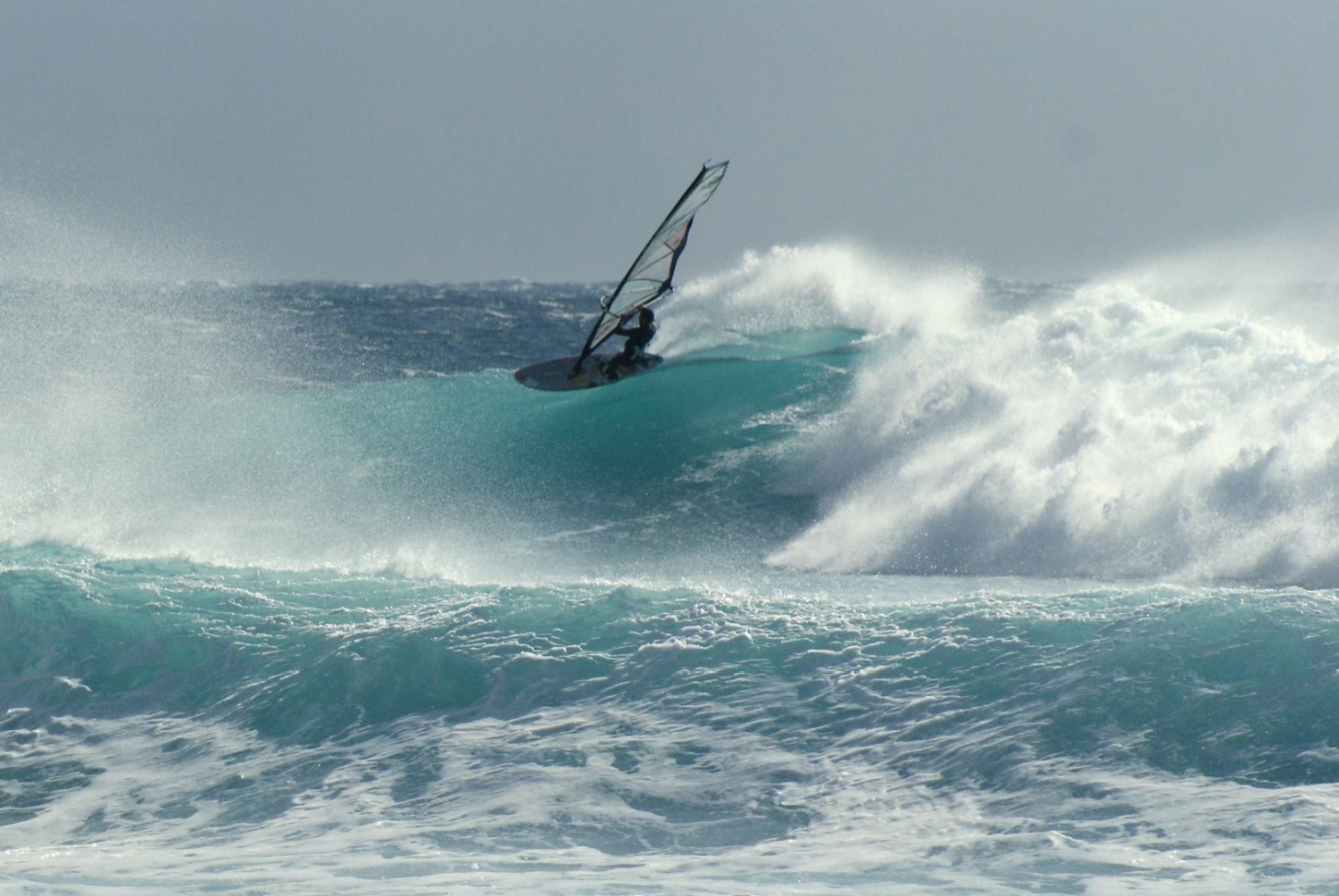
Windsurfing and sea kayaking
Kouremenos Bay, next to Palekastro, is the premier island haunt for lovers of wave sports. Further north, at Cape Sidero, the sport’s elite gather at the secluded Tenta beach, while other popular spots to catch the wind and the waves are Falasama, Elanfonisi, Kedrodasos, Stavros, Elounda, Amoudara in Heraklion and Hersonissos. In recent years sea kayaking has also taken off with companies springing up to help visitors explore the dramatic coastline.
For more information about everything Crete has to offer, go to incrediblecrete.gr

- READ NEXT: The Best Kit for Travel Video and Photography

